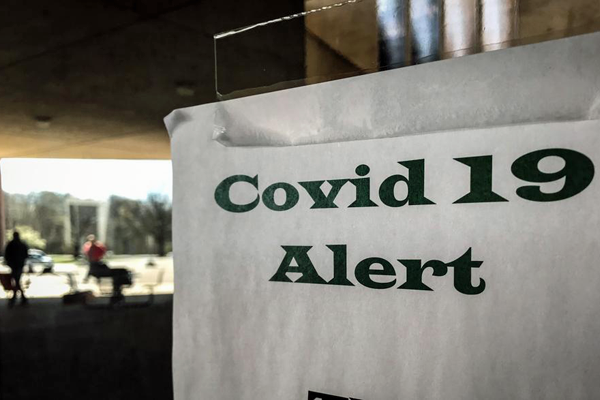
Excerpt from Forbes
Coronavirus panic has ebbed in most of the eastern U.S. It’s gaining traction in other landlocked states, with the Dakotas getting nervous.
How do we know?
Beni Gradwohl, the founder and the brains behind Cognovi Labs, born out of Wright State University around 8 years ago and now in commercial use, shows me a map of the world during a Zoom call last week. It’s called Crisis Monitor. It’s free for public use. Check it out.
“You can click on countries and go more local, especially in the U.S.,” he says. “That was our focus.”
There’s a Panic Score which looks like an EKG chart and then an Awareness chart, which looks like the coronavirus infection curve itself, or a standard bar chart. Peak coronavirus awareness came in March with millions of conversations happening and being collected by Cognovi Labs’ emotional AI program.
The signal is not how many people are talking about it, but are people talking about it at all. The model extracts all the primary emotions from news and social media; things like hope and contempt, and translates that into behavioral signals.
The Panic Index spiked on January 14. On a scale of 0 to 100 it was in the 90s, even though it wasn’t a headline yet. The impeachment of Donald Trump was the main news item here, so no one was really about it in the mainstream press despite the fact that enough people around the world were already panicking about it, and it showed on podcasts and in social media interactions.
“Day in an day out, we make our decisions based on emotions. And if there are emotions to be felt, those emotions will impact everything we do,” he says.

